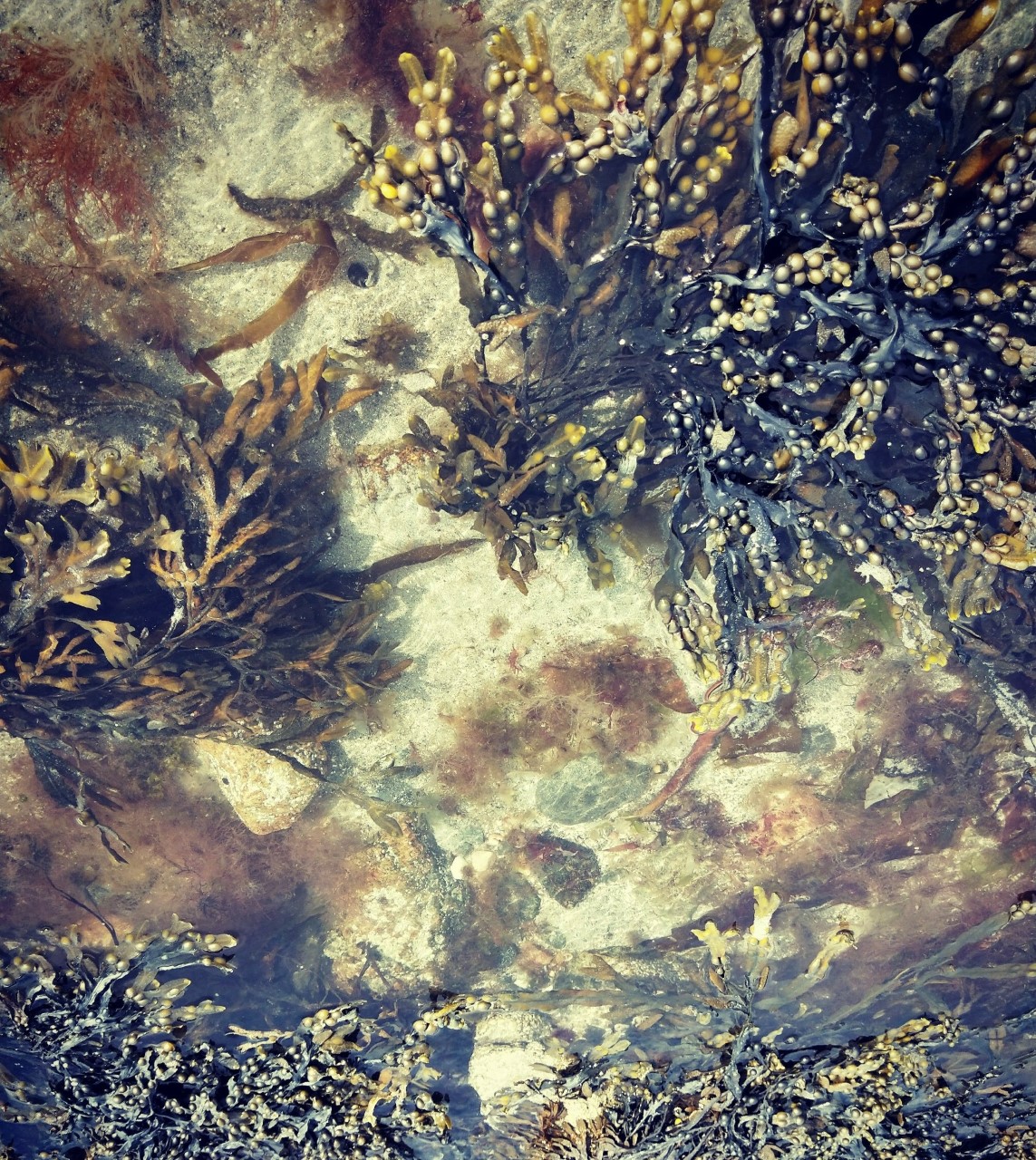
Ahead of the COP26 in Glasgow, the IPCC this week released their sixth assessment report on climate change. The landmark report “is a code red for humanity”, says the UN chief. The focus of today’s blog post relates directly to the question of ‘Fire Weather’- One of the report’s key Five Future Impacts.
Throughout my research on Tropical Forage Legumes and Agriculture, I have found the theme of fire to be alarmingly sparse in the current literature. This is made even more apparent against the backdrop of wildfires currently burning in Europe, Africa and America. Moreover, the world recently witnessed unprecedented wildfires in Australia that devastated rural and agricultural communities and wiped out many native and endemic species found nowhere else on earth and never to be recovered. The threat of climate change and fire weather is already having a monumental impact on food security and biodiversity.

In relation to food security, my previous posts have explored how legumes can help improve both agricultural efficiency and resilience against climate change. A key question for both is how (and where) to build fire recovery mechanisms into our agricultural systems?
Historical records and soil profiles tell us that wildfire in the tropical zone has previously occurred in intervals of hundreds to thousands of years 1. Perhaps unsurprisingly then, the consideration of fire is not a priority for farmers and researchers in tropical regions. However, as the planet warms and historical weather systems begin to change, wildfire will increase in frequency and intensity.
Changes to inter-annual variability of climactic phenomena such as the El Niño Southern Oscillation will cause big decreases in rainfall across the tropics 2. This will ‘dry out’ biomass fuels, making them more combustible, increasing both the frequency and intensity of wildfire 2. Historically humid topical regions in West Africa, southeast Asia and Latin America for example have experienced an increasing frequency and severity of wildfires in recent decades 1.

One solution to this problem might lie in places like the Mediterranean, Australia, South Africa, and America. Regions where the native flora have evolved to not only survive wildfires but depend on them for their reproduction. The restoration and management of farming systems against wildfire may be improved by increased knowledge of fire-related germination responses for functionally important groups of plant species – Those such as Tropical Forage Legumes 3.

Besides vegetative sprouting, post-fire seed germination maintains fire affected ecosystems and is an adaptive trait of many legumes species 4. Some of the Fabaccae family for example produce a hard seed coating that requires the extreme temperature of fire to germinate 4. The hard coat also prevents water absorption and decay in the soil during prolonged inter-fire periods 5. Integrating such adaptive mechanisms into commercial legume breeding could be a key strategy for fire-proofing agricultural ecosystems.
As I mentioned in my previous post, by exploring the untapped potential of wild, uncultivated legumes, we will likely find many species that produce these hard, fire-loving seeds. However, in another post we see how integrating uncultivated species into an agricultural setting is fraught with difficulties. It is a delicate balancing act to develop commercial cultivars that can compete with other agricultural crops. Legumes that lie dormant in the soil for years, even decades, before they germinate are likely to be both functionally and economically unhelpful for farmers. Particularly small-scale operations for whom the cost of new and improved cultivar seeds is proportionally large. Moreover, other concurrent morphological characteristics found in these ‘fire-loving’ legumes may be incompatible with certain agricultural systems.
We do not yet have all the answers to such problems and the challenge to incorporate more functionally diverse legumes into agricultural systems remains significant. The solution to this particular problem may lie in developing a seed mixture of functionally complementary legume cultivars – some that can germinate and grow quickly and others that can lie dormant for decades until they are needed for fire recovery. Such an endeavor will take time. Time we can ill-afford as the Sixth IPCC report highlights.
Nevertheless, the need to design tropical agricultural systems with some degree of post-fire recovery potential (and the need to adjust crop genomic and breeding research objectives to match) is a key take-away message of my CCAFS research project.
1 -Cochrane, M. A. (2003). Fire science for rainforests. Nature, 421(6926), 913-919.
2 –Herawati, H., & Santoso, H. (2011). Tropical forest susceptibility to and risk of fire under changing climate: A review of fire nature, policy and institutions in Indonesia. Forest Policy and Economics, 13(4), 227-233.
3 -Wiggers, M. S. (2011). Some like it hot: fire and legume germination in the longleaf pine ecosystem (Doctoral dissertation).
4 -Doussi, M. A., & Thanos, C. A. (1994, November). Post-fire regeneration of hardseeded plants: ecophysiology of seed germination. In Proceedings of the 2nd International Conference on Forest Fire Research (Vol. 2, pp. 1035-1044). Coimbra.
5-SOUZA, F. H., & MARCOS-FILHO, J. Ú. L. I. O. (2001). The seed coat as a modulator of seed-environment relationships in Fabaceae. Brazilian Journal of Botany, 24, 365-375.

